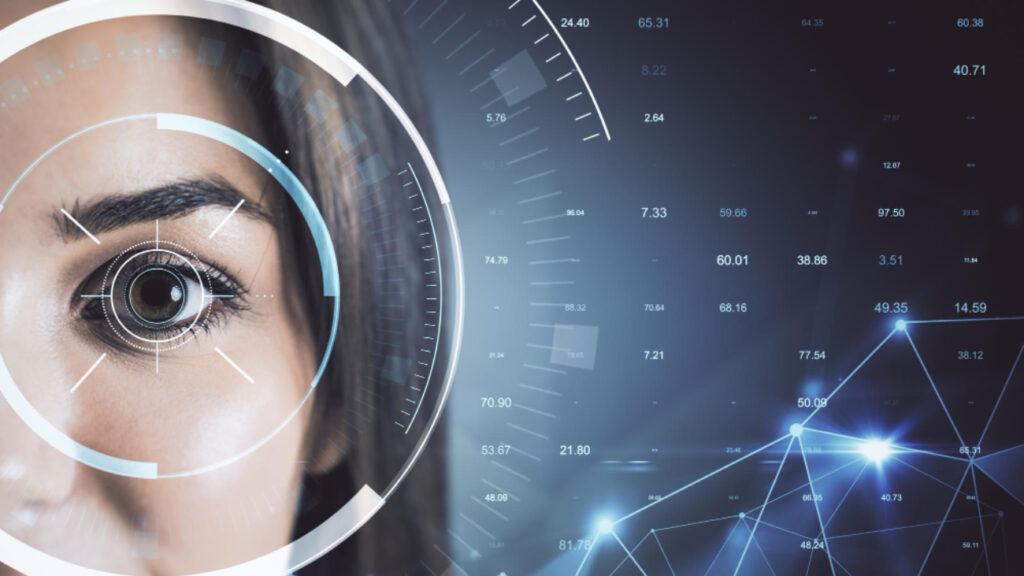In the dynamic landscape of government services, Distributed Ledger Technology (DLT) emerges as a pivotal force, reshaping traditional paradigms with its innovative approach stated Bahaa Abdul Hussein. DLT, a decentralized and transparent system, promises to revolutionize how governments interact with their constituents.
This blog delves into the potential use cases of DLT in governmental operations, exploring its transformative impact on identity management, voting systems, public health, procurement processes, and financial transparency.
Understanding DLT
To comprehend Distributed Ledger Technology (DLT), it’s crucial to grasp its fundamental principles. It is a decentralized system, that operates on a peer-to-peer network where each participant maintains an identical copy of the ledger. The essence lies in transparency and security, with information stored in a chronological chain of blocks.
This structure ensures that alterations require consensus among network participants, bolstering integrity. The key features encompass immutability, decentralization, and cryptographic security. Its advantages include increased efficiency, reduced costs, and minimized risk of single-point failures. By understanding these core elements, one can appreciate the transformative potential that DLT brings to various sectors, particularly in enhancing trust and data integrity.
DLT Applications in Government Services
The applications of Distributed Ledger Technology (DLT) in government services are multifaceted and revolutionary. One notable use case involves optimizing identity management, and ensuring secure and transparent citizen identification processes while mitigating identity fraud. It also plays a pivotal role in transforming voting systems, providing a secure and transparent foundation for electoral processes.
In the realm of public health, DLT facilitates the secure tracking and management of health records, offering robust solutions for healthcare data. Additionally, smart contracts powered by DLT streamline public procurement, automating and securing contract execution to minimize corruption and ensure fairness. These applications showcase their potential to enhance the efficiency and transparency of various government functions.
Enhancing Voting Systems
Revolutionizing democratic processes, Distributed Ledger Technology (DLT) emerges as a cornerstone in enhancing voting systems. By providing a secure and transparent framework, it ensures the integrity of electoral processes. Through a decentralized and tamper-resistant ledger, every vote is recorded and verifiable, fostering trust in the democratic system.
This technology mitigates the risk of manipulation and fraud, assuring citizens of the accuracy of election results. Its use in voting systems fortifies the foundation of democracy. It also addresses concerns related to transparency and trust, marking a significant stride towards more resilient and accountable electoral practices.
Challenges and Considerations
Navigating the integration of Distributed Ledger Technology (DLT) into government services requires a nuanced understanding of the challenges and considerations at play. Privacy and security concerns loom large, demanding robust solutions to safeguard sensitive data. The seamless integration with existing systems poses another hurdle, necessitating careful planning and interoperability measures.
Regulatory complexities and legal implications further complicate the adoption of DLT in the public sector. Striking a balance between innovation and compliance becomes imperative. As we delve into the potential of DLT, grappling with these challenges becomes integral to harnessing its transformative power effectively within the realm of government services.
Conclusion
The exploration of Distributed Ledger Technology (DLT) in government services unravels a tapestry of transformative possibilities. From bolstering identity management to fortifying voting systems and enhancing transparency in public procurement, DLT’s impact is profound. The case studies underscore its real-world successes, illustrating a shift towards more secure, efficient, and accountable governance.
However, challenges like privacy concerns and regulatory intricacies must be addressed. Looking forward, the trajectory of DLT suggests a promising future, where citizen engagement and satisfaction thrive in an ecosystem built on trust and technological innovation. The journey ahead involves a strategic navigation of challenges, but the destination promises a resilient and forward-thinking governance landscape. Thank you for your interest in Bahaa Abdul Hussein. For more information, please visit www.bahaaabdulhussein.com.





